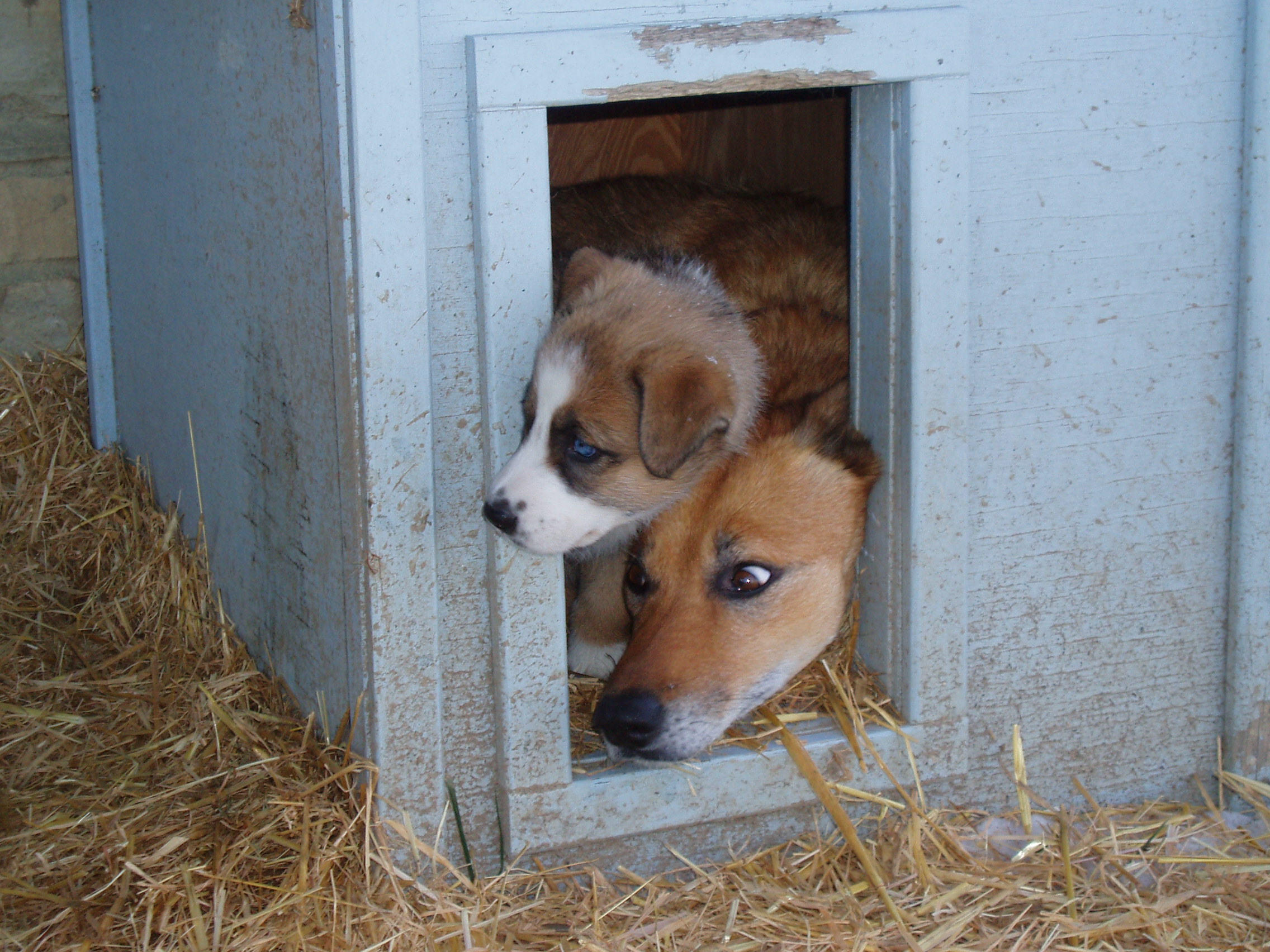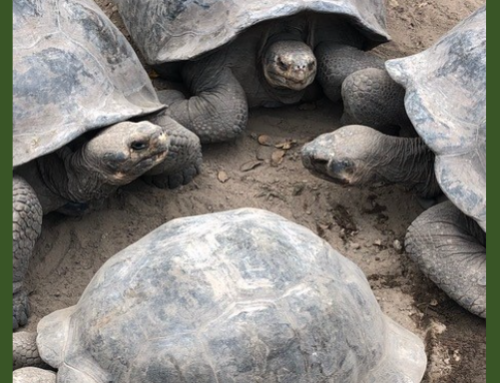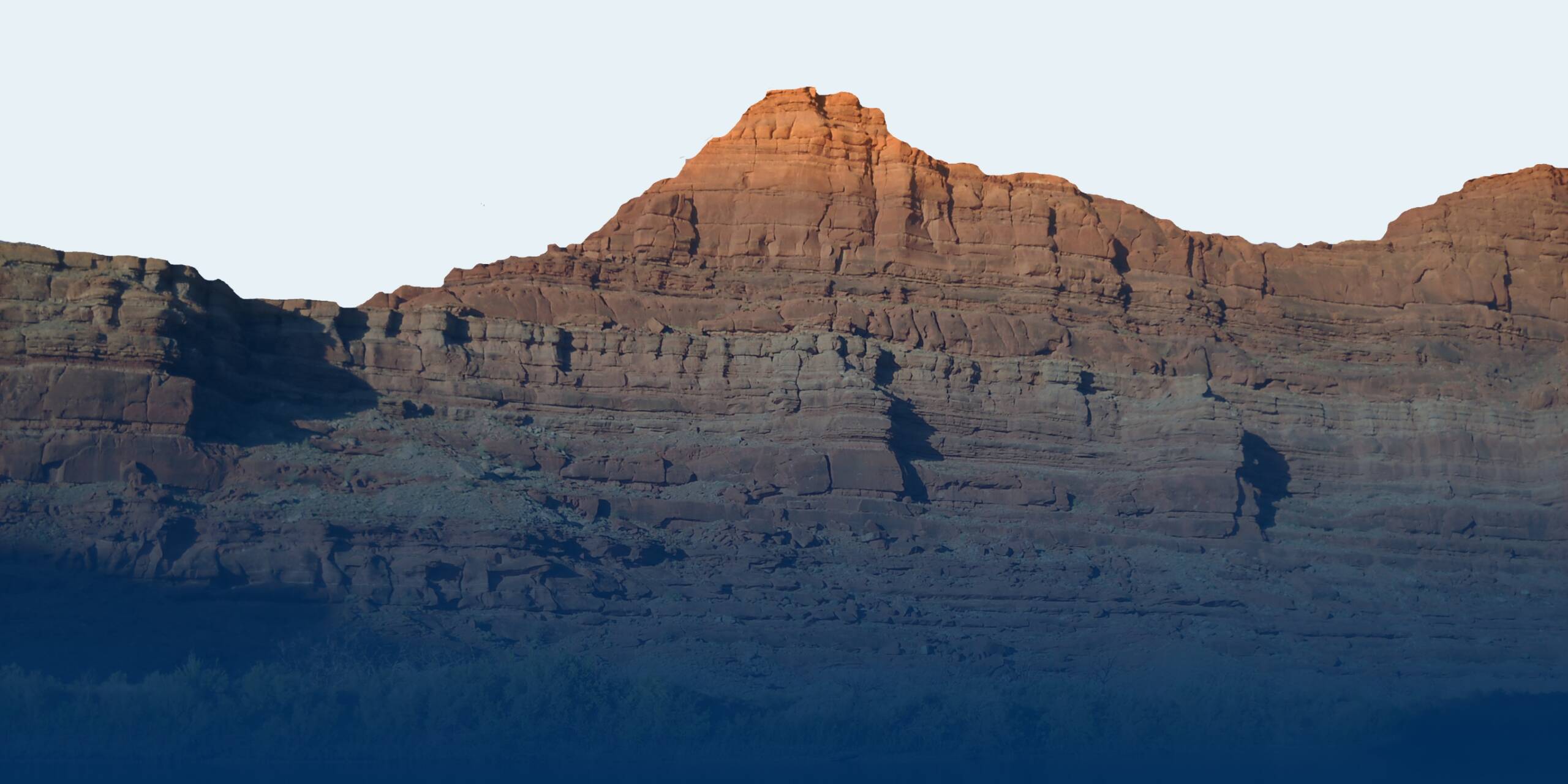Ready, Set, Stop
Here’s the thing…
No matter what kind of multi-tasking work super hero that you may be, no one can be productive for hours in a row.
In fact, most studies agree that we hit our stride, then tap out after about 50 minutes of work. This is decidedly different than how most work days are structured. So, we do our best, we tuck our heads, we press on, our productivity waxes and wanes, and—for the students of Scrapper the lead dog–we try to pay attention and take moments here and there to go in our doghouses and get lined up again.
It’s December, and most of us are approaching a period of time away from work for the holidays (regardless of what your personal beliefs or religion may be). It’s a chance to catch our breath, to re-group, to really step away from work, and turn our attention elsewhere.
The recommendation from the dog yard is pretty simple…roll in it. Revel in it. See how much you can really unplug and be present to friends, family, yourself, pets, and the natural world during your time off.
It’s often a time that is busy, just in different ways. The 50 minute productivity factor is still in play. A perfect time to practice noticing. To fully engage, then step back for a few minutes, then engage again.
It’s no accident that our definition for Wildly Present is ‘the practice of giving your undivided attention,’ because practice is what it’s all about. We are in a culture that Does. Not. Stop. It is not encouraged or celebrated, in fact slowing down is often looked upon as a weakness.
So here’s your chance, and maybe even a new year’s resolution. In your time away from work, play with this notion of pacing. Practice Wild presence by stepping in and then out of the fray.
What might productivity look like in different settings?
- Quality over quantity of time
- Connecting with loved ones
- Making choices in terms of simplifying if you feel overwhelmed
- Taking time, these long nights of Solstice, to reflect
- Moving your body, getting outside, emphasizing well-being
- Paying attention to your rhythms—when your energy is up or down
- Giving yourself and others permission to slow down
And when you return to work, turn your reflective Solstice eye toward the workplace. What is your work culture like in regard to time? How much are you able to unplug during vacations, holidays, or even weekends and work days? Are there expectations around responding to emails or phone calls? What about during the work day? Do people eat and work at their desks? Is “busy” just part of work, or is it regarded as a badge of honor?
You may not find these questions written in the company manual, but I’ll bet every single person in the organization could answer these questions pretty quickly and accurately. It’s one of many unspoken rules in a workplace. Responses are across the board—from organizations that expect 24/7 access, all the way to companies that have spelled out that there will be no business interaction off hours.
The point, again, is to notice. See if you can create and encourage small shifts in terms of busy-ness and how it is talked about, perceived, and portrayed. Are there scale-able changes that you can make regarding your own and other’s assumptions around productivity?
Chances are, you will find other Wild Time Warriors—colleagues who also have recognized the futility of non-stop work. There will be barriers, to be sure. But you will also find holes in the day—small breaks that we often don’t notice. Your task, as Wild Time Warriors, is to fill those holes in the day with things that ground and refresh you. To demonstrate, by example and through encouragement, that you actually get more done over the course of your day by taking breaks.
I get it. This all sounds good. But putting it into practice in the workplace is admittedly very challenging, most especially if your work culture is all about the pace, the race, and charging forward full steam ahead.
Think scalability and incremental steps. Begin with yourself. Start with some things you can do during your holes in the day. We talked about this and Scrapper’s doghouse in the May Wild at Work issue.
Some other ideas:
- Listen to music
- Do a short meditation, there are apps like Simple Habit, or my sister’s new program, Yoga Mind Tools
- Put on a headset so you can move around during your next phone call/meeting
- Quick stretches or a few exercises like squats or wall push-ups
- Get outside for a quick walk down the block
- Quiet your mind and check in with your senses—what you are seeing, hearing, smelling, touching, feeling: this is a great tool for getting back to the present if you find yourself zooming a bunch of directions as once
As you build these habits, watch for opportunities to mention what you have been trying and what it has done for you. If you lead a team or work directly with clients, suggest this, maybe even build it into a meeting.
Look around, see if you notice other people tuning in to their holes in the day. Talk about it. Conversations build momentum. Energy and engagement create change. You, your team, your department, your organization really can shift toward a healthier relationship with time and productivity.
Remember Margaret Mead’s quote, “Never doubt that a small group of thoughtful, committed people can change the world. Indeed, it is the only thing that ever has.”
Enjoy your time off, Wild Time Warriors. May it inspire you toward different ways of reckoning with time and productivity.









